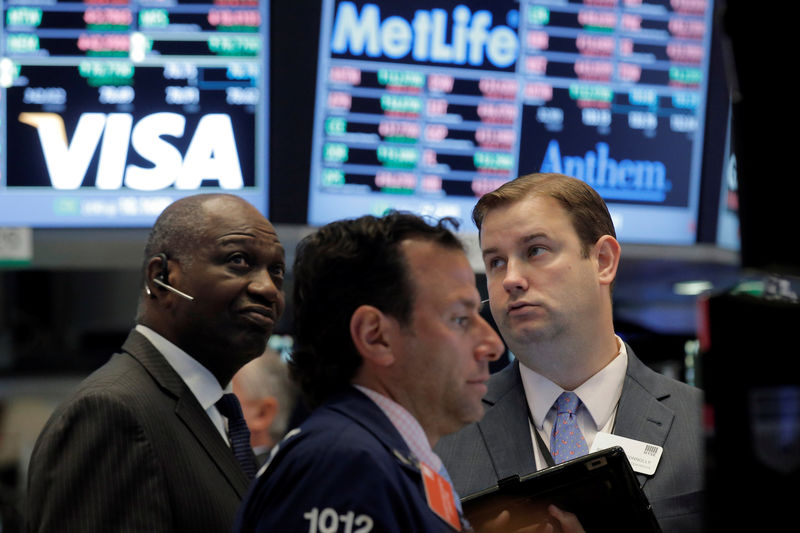Macy’s is turning several stores into discount outlets. Yep, that’s right-discount stores. Sadly this signals the end of the American department store as we know it. CEO Terry Lundgren has told analysts on a conference call that the brand is planning to put Backstage stores in 15 existing retail locations this year.
The stores which will be called “Backstage” will sell Macy’s brands at steeply discounted prices — up to 80% off. This model for Macy’s basically copies highly successful brands like TJ Maxx and Nordstrom Rack.
The reason for the change- the brand’s sales fell 4% in 2015.
The new discount locations will serve as a test of whether the store’s new discount outlets will take business away from the higher-priced traditional stores or if it is just the brand that people have grown tired of.
In addition to the changes, Macy’s is in the process of closing 40 stores.
Analysts at RBC Capital Markets believe that this is part of a larger trend in retail, as more customers shop online instead of in stores. In recent years many malls have seen a huge decrease in sales so this is really not a big surprise. Shoppers are also increasingly unwilling to shell out for expensive apparel, deciding instead to spend their money on electronics and restaurants. In a nutshell, they are choosing lifestyle choices over $100 tees and $400 jackets.
“Macy’s announced store closings could have a number of implications on the overall retail landscape,” the analysts at RBC write. “We believe Macy’s decision will catalyze other specialty retailers and department stores to take a harder look at their boxes in these underperforming centers.”
Macy’s Backstage stores are an attempt to get younger customers into stores as sales at the company’s core business declines. But it’s possible that once shoppers become accustomed to discounts, they will refuse to pay full price for brand-name clothing which will create another problem for designers.
Retail expert Robin Lewis believes that the discount-outlet strategy is flawed and will hurt the companies in the long term. When you continually discount your goods, people just don’t want to pay full price.
“Over time as their discount stores will outnumber their full-price stores (which is already the case for some major retailers); consumers will perceive the flagship brand and the discount store brand to be one and the same,” Lewis writes on his blog, The Robin Report. “Sadly, they will happily continue to shop in the brand’s discount store where they can get it cheaper.”
It is clear that there are huge chances coming to the American Department store in the future.


